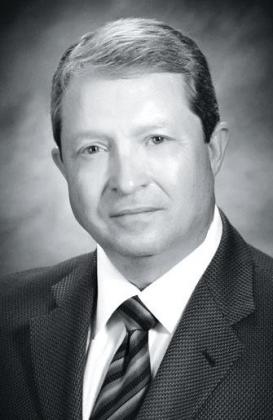
Steve Gardes
EDITORS NOTE: This is the sixth of a series of articles on the Fiscal Cliff crisis facing Louisiana today.
In prior articles we have discussed how Medicaid is bankrupting America and Louisiana financially, morally — and today we will talk about its connection to the opioid crisis.
Today one-third of Louisiana’s population is on Medicaid. According to data from the Centers for Disease Control and Prevention (“CDC”), individuals on Medicaid are three times more likely to have a risk of opioid overdose than those who are privately insured. The reason why is not hard to figure out; someone who overdoses on prescription opioids can just keep going right back to Medicaid for more easy access to the drug that nearly killed them the first time — and the state just keeps paying for it — and then after addiction Medicaid will pay for the detox and long-term treatment. Dependency on the state seems to be fueling dependency on drugs as much as anything.
Further studies by CDC in 2015 show that the seven states with the highest drug-overdose death rates elected to expand Medicaid through Obamacare. CDC studies also show that overdose deaths per capita rose twice as much on average in states that expanded Medicaid than those that didn’t — for example, 205 percent in North Dakota, which expanded Medicaid, vs. 18 percent in South Dakota, which didn’t. CDC studies have also shown that the opioid crisis stems from legal prescription drugs, not the illegal drug market.
Opioid prescription rates among Medicaid enrollees are at least twofold higher than rates for persons with private insurance. CDC data also show that prescription opioids now account for half of all opioid-overdose deaths.
Similar results occur when studies of hospital and emergency room visits were made. After Obamacare many primary-care provides won’t see Medicaid patients because of the low reimbursement rates, so emergency rooms have been inundated with Medicaid patients. In states which expanded Medicaid under Obamacare, the emergency rooms statistics for opioid abuse went off the charts. A recent study by Express Scripts Holding found that about 25 percent of Medicaid patients were prescribed an opioid in 2015.
Fraud is a feature of any government program, but it is off the charts again with Medicaid and opioids as cheap access to astronomical quantities of pills that can be resold in the black market. A recent government report showed how a $1 co-pay Medicaid beneficiary can get up to 240 oxycodone pills that can be resold for $4,000. More than 80 percent of the nearly 300 fraud cases were filed in Medicaid expansion states, and Louisiana was in the top six.
The connection between drugs and the massive expansion of government benefits has been seen before. For example, as the food stamp program expanded, there was an explosion of EBT Cards showing up in the drug arrests — DEA agents said it “is common practice for drug dealers to take custody of a drug users EBT card either as direct payment or in lieu of immediate payment.” Large doses of oxycodone, methadone and fentanyl can be obtained cheaply with a Medicaid card and resold for a nice profit on the black market.
This is not to say Medicaid is the only cause of the opioid crisis. But there is little doubt that the Medicaid “free plastic card” loaded with unlimited government funds plays a role too.
Steve Gardes is a certified public accountant (CPA) and certified valuation analyst (CVA) with over 40 years of public accounting experience.
